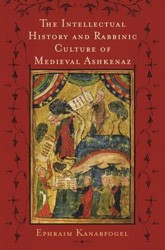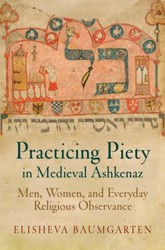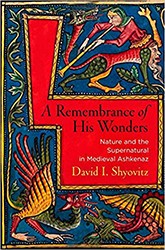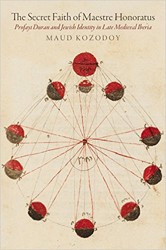The writing of history has moved away from idealized portraits of great men in favor of untidy accounts of the lives of ordinary people. David Malkiel, a Harvard trained historian at Bar Ilan University, takes on the looming myth of medieval Ashkenaz as a “holy community” entirely focused on performing God’s will and martyrdom. Earlier historians, for a variety of reasons, have tried to present Sepharad as a worldly, sophisticated but religiously lax community, while Ashkenaz was seen as culturally isolated and devout. Without introducing new sources but simply by re-reading well known texts, Malkiel paints a much more nuanced picture of a community with all kinds of members. Rich and poor, saintly and sinful, upright and crimina —the Jews of Ashkenaz came in all different shades.
This realistic account narrows the perceived gap between Sepharad and Ashkenaz in the Middle Ages, and it has important ramifications for our understanding of the differences between Jews and Gentiles in Northern Europe. Illuminating analyses of 19th century Jewish historiography is complemented by scholarly debates from recent years. Malkiel’s book provides a much-needed revision of our assumptions about Jews in the Middle Ages.





